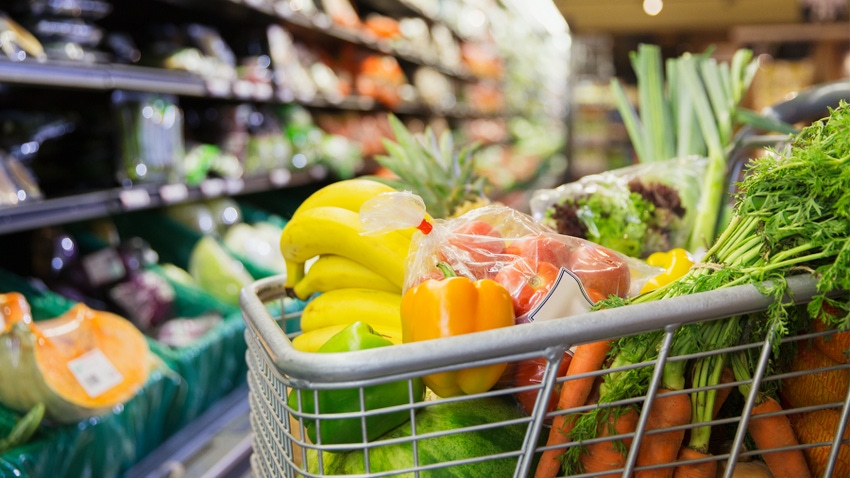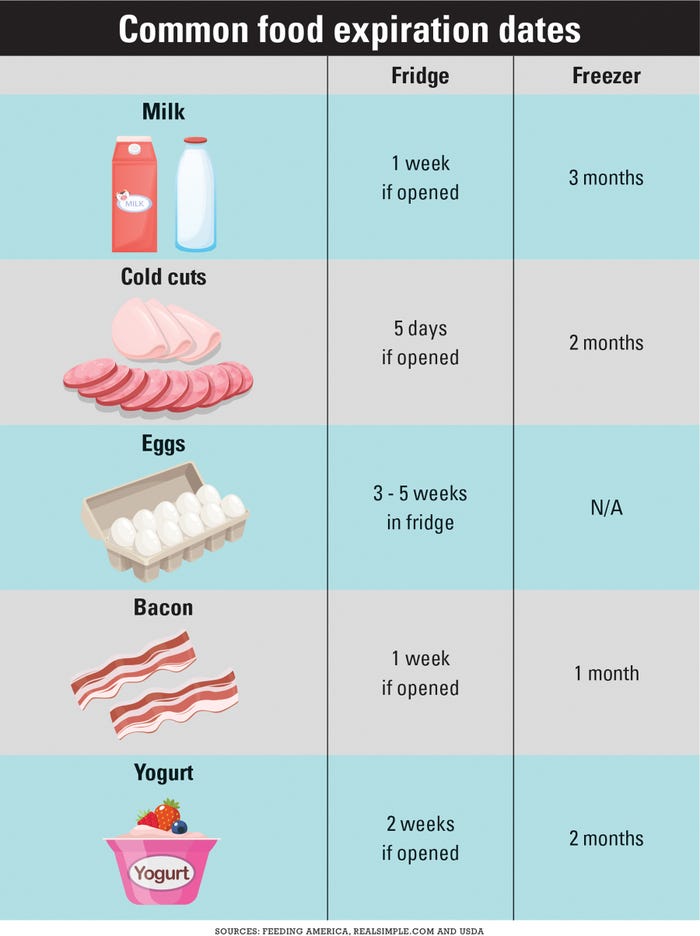
Food waste happens in homes all across the U.S. — from that gallon of milk going sour to the forgotten bag of spinach turning slimy in a bottom drawer. Feeding America reports that 119 billion pounds of food is wasted each year, making for $408 billion in food thrown away annually.
Feeding America classifies food waste as any safe, high-quality food that is thrown away rather than eaten. This means uneaten food thrown out at restaurants or at home, food that doesn’t meet retailers’ color and appearance standards, or problems that occur during the manufacturing and transportation of food.
While food is wasted through every stage of food production, 39% of this waste occurs at home. Examining your own fridge or pantry, and using everything before the “best by date” expires can help reduce food waste at home.
Before each food shopping trip, plan what meals you’ll make to help ensure everything has a use. Only buy needed items to reduce excess groceries, as well as make sure the food is used before it goes bad. During times of inflating grocery prices, this mindset can save money while reducing food waste.
Second time around
Pick simple and enjoyable recipes each week, and organize the needed ingredients around your grocery trip. Accounting for leftovers in your weekly meal plan can help stretch your dollar and your meals, while saving cooking time.
If you’d rather not eat the same meal two days in a row, think about ways to reinvent the leftovers. USDA says leftovers should only be kept in the fridge for up to four days, before discarding for best food safety practices.
Looking through your pantry and fridge before going to the grocery store can help you to utilize foods you already have on hand. While most dry goods have a longer shelf life, being cognizant of expiration dates can help reduce waste in these areas. With produce serving as a nutritious and essential part of your diet, using frozen or canned options, when possible, helps reduce fresh produce waste.
Good or bad?
Every food product likely has some date listed on the container, including “Best if used by,” “Use by” or “Sell by.” Note the differences between these dates and the expiration date. USDA’s Food Safety and Inspection Service says many items are safe to consume past this date.

CHECK DATE: Some items can be used beyond the package’s expiration date; however, be sure to check for strange odors, textures or appearance if food goes past these guides.
To save money and avoid useless waste, check for any of three signs of spoilage before tossing food:
unpleasant smell
strange texture
odd taste
These are often easy to spot in your home: sour milk, moldy berries or squishy bell peppers.
With so much food being wasted annually, your kitchen alone can’t be responsible for the change. Practicing progress over perfection and making small steps toward reducing food waste will still make a difference, while putting money back in your pocket.
About the Author(s)
You May Also Like






